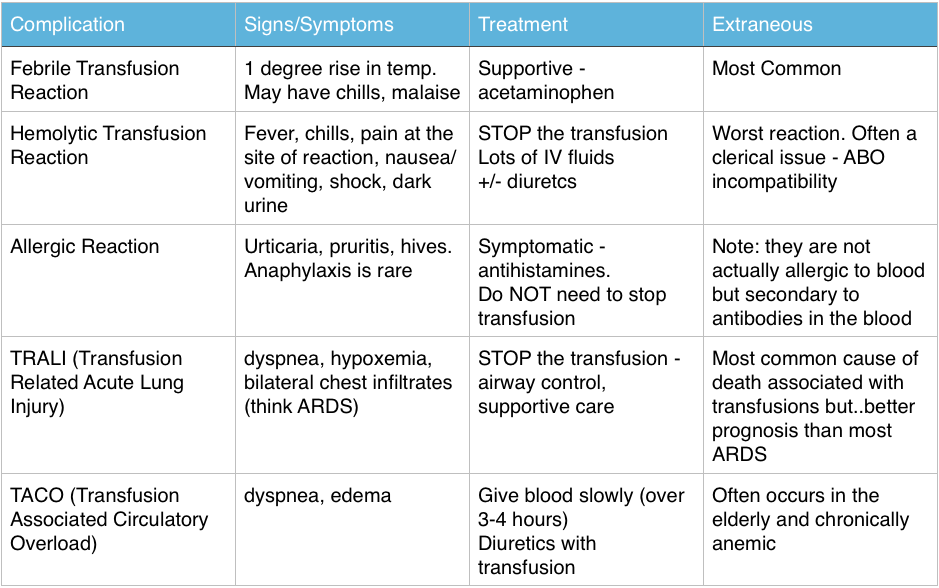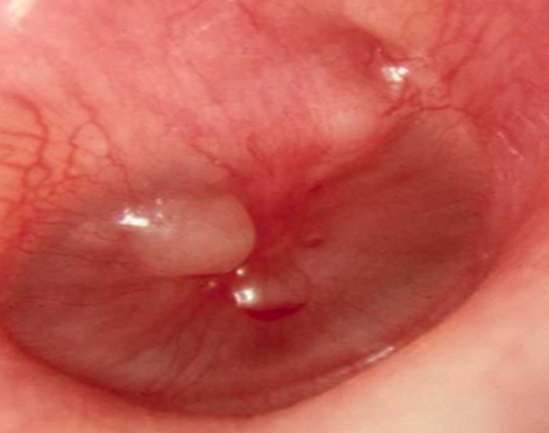Episode 5 – Psychiatry & Increased Intracranial Pressure (iTunes or Listen Here)
The Free Open Access Medical Education (FOAM)
- Determine how long the patient has been without their atypical antipsychotic.
- Consider dosing reductions in patients who have been without their medications for more than a few doses or in patients at higher doses.
- Look up the recommendations.
Broome Docs – Optic Nerve Sheath Diameter (ONSD) – helpful and interesting for gauging increased ICP, but probably not quite ready for prime time.
- ONSD under 5 mm, ICP is probably OK
- ONSD over 6 mm, ICP is probably not OK
- ONSD 5-6 mm utility is uncertain
The Bread and Butter
We summarize some key topics from the following readings, Tintinalli (7e) Chapters 284, 254 ; Rosen’s (8e) Chapters 110, 29 …but, the point isn’t to just take our word for it. Go enrich your fundamental understanding yourself!
Psych Pearls
The 1st generation antipsychotics treat the positive psychotic features
- Hallucinations, delusions, disorganized speech, disorganized behavior
The 2nd generation antipsychotics treat the negative psychotic features
- Blunted affect, emotional withdrawal
Brief psychotic disorder vs schizophrenia
- Brief psychotic disorder is the sudden onset of psychotic symptoms in response to major stress and lasts several days to 1 month (<1 month)
- Schizophreniform is 1-6months
- ⅓ of pts with schizophreniform recover, ⅔ don’t and develop schizophrenia.
- Schizophrenia is > 6 monthst.
Consider metabolic, drug, and organic causes
- Thiamine, B12, thyroid, uremia, hepatic encephalopathy, lupus, sarcoid, syphilis, recreational drugs, medication side effects, etc
Diagnosis of Increased ICP
- Physical exam often inadequate as papilledema often does not show up immediately.
- ONSD for Increased ICP – How To by the Ultrasound Podcast
- If >5mm, suggests increased ICP and better than clinical exam [Tintinalli, 8e, p 1549]
- Cushing’s Triad (bradycardia, agonal respirations, hypertension) – only present in <1/3 of cases of life-threatening increased ICP
Treatment of Increased ICP
- Normalize the patient – normotensive, normocarbic (35-40 mmHg), normothermic
- Adequately sedate the patient, raise head of bed to 30 degrees
- Impending herniation? These patients may need repeat CT. Consider mannitol 0.25 – 1 gram/kg IV bolus, consider very brief hyperventilation, call neurosurgery
- Rosenalli (Rosen’s + Tintinalli) both do not recommend hypertonic saline (3% NaCl) for the treatment of increased ICP
Generously donated Rosh Review questions (scroll for answers)
Question 1.
A young man is involved in a motor vehicle collision and sustains a severe head injury. In the ED, his GCS is 7. His blood pressure is 115/70 mm Hg and heart rate is 85 beats per minute. His pupils are 3 mm and equal and reactive to light. You intubate the patient and place him on a mechanical ventilator. The FAST ultrasound is negative and there are no other obvious injuries.
A. Avoid hypotension
B. Administer mannitol
C. Hyperventilation
D. Initiate induced hypothermia
[accordion]
[toggle title=”Answer” state=”closed”]
B. In patients with traumatic brain injury (TBI), hypotension has been shown to have a devastating effect on outcome. An early measurement of cerebral blood flow (CBF) in TBI patients demonstrates ischemic levels. This initial inadequacy of CBF may cause irreversible damage. Therefore, maintenance of adequate CBF by avoiding hypotension and maintaining a normal or even elevated blood pressure is one of the key principles in management of TBI. Mannitol (B) is an osmotic agent sometimes utilized in TBI patients when there is evidence of significantly elevated intracranial pressure and impending cerebral herniation. Although this patient has an abnormal GCS, he does not exhibit signs of impending herniation.
[/toggle]
[/accordion]
Question 2.A 12-year-old boy presents to the emergency department with recurrent headaches. The headaches have been present for the past four weeks and are increasing in intensity. They are worse in the morning and when lying flat, and are associated with vomiting but no nausea. For the past few days, he has complained of blurry vision. His initial exam is notable for altered mental status, extensor posturing, and papilledema. Which of the following are the most likely vital sign abnormalities?

[accordion]
[toggle title=”Answer” state=”closed”]
C. The most common clinically significant traumatic herniation syndrome is uncal herniation, a form of transtentorial herniation. As the uncus is compressed, cranial nerve III is compressed. The first signs of compression include anisocoria, ptosis, impaired extraocular movements, and a sluggish pupillary light reflex ipsilateral to the expanding mass lesion. As the compression progresses, the ipsilateral pupil dilates and becomes nonreactive.
[/toggle]
[/accordion]
Good FOAM reviews:
- Increased ICP in head injury – Life in the Fast Lane
- Elevated ICP and the ECG – Life in the Fast Lane
- Psychiatric Emergencies – Life in the Fast Lane


